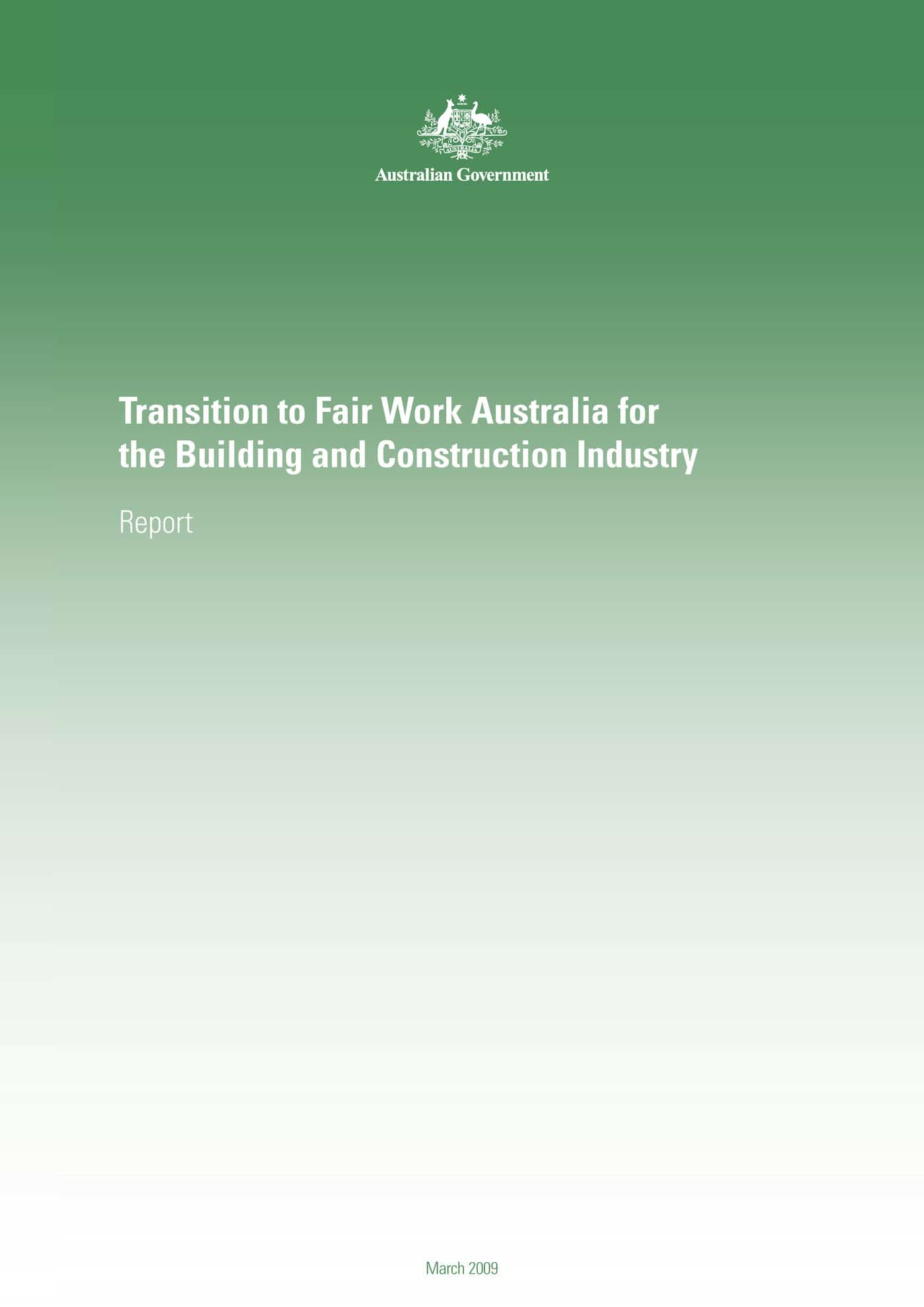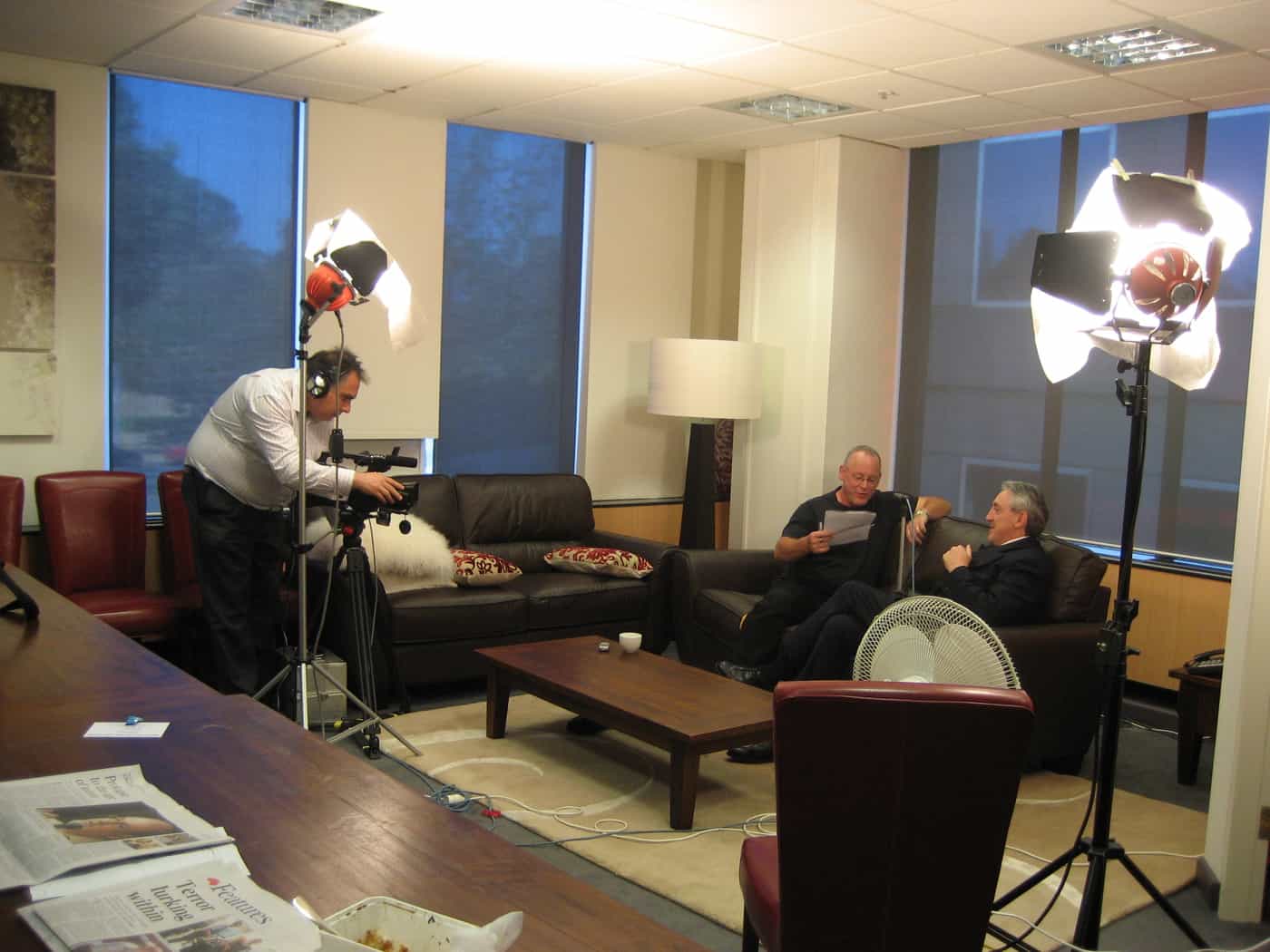According to an AAP report on 3 June 2009, the ACTU is forecasting action on the matter of workplace deaths. Although the issues is heartfelt and important, the Australian union movement mostly discusses OHS in relation to its opposition to the Australian Building and Construction Commission. The AAP report is a good reflection of this.
ACTU secretary Jeff Lawrence states that the rate of workplace fatality is unacceptable but is then quoted as saying
“The high level of deaths and injuries in the construction industry is a national disgrace and yet safety standards have got worse in the period the Australian Building and Construction Commission (ABCC) has operated.”
It has never been the role of the ABCC to regulate workplace safety obligations. That obligation sits with the State OHS authorities and maybe the Australian Safety & Compensation Council (now Safe Work Australia).The union movement has been instrumental in improving safety on worksites throughout Australia but Jeff Lawrence’s misdirection to the ABCC does a disservice to the efforts of OHS professional and health & safety representatives.

 It should be stated here that SafetyAtWorkBlog does not support the ABCC. The Commission is a travesty and a political construct of the conservative side of politics. That the Rudd Labor government has allowed the Commission to persist is atrocious. However, the ABCC was established because of the perception that the Australian building and construction industry was corrupt, regardless of the absence of evidence through the Cole Royal Commission. Has the construction unions addressed this perception? No.
It should be stated here that SafetyAtWorkBlog does not support the ABCC. The Commission is a travesty and a political construct of the conservative side of politics. That the Rudd Labor government has allowed the Commission to persist is atrocious. However, the ABCC was established because of the perception that the Australian building and construction industry was corrupt, regardless of the absence of evidence through the Cole Royal Commission. Has the construction unions addressed this perception? No.